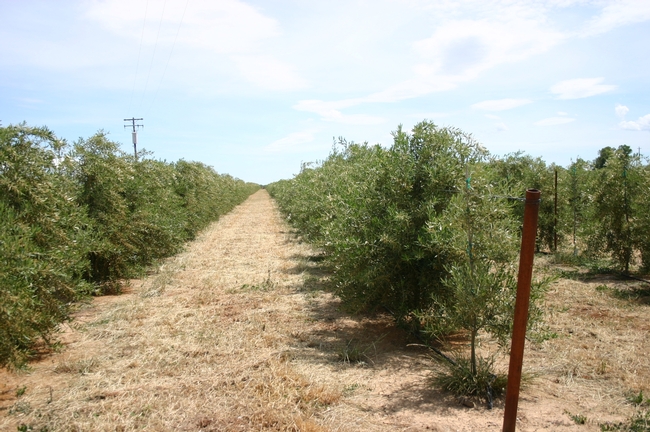UC Agricultural Issues Center has released two new studies on the cost and returns of growing olives in the Sacramento Valley. One study focuses on producing table olives with the Manzanillo variety. The other study focuses on establishing a super-high-density orchard and producing olives for oil, using the Arbequina variety.
The cost analyses are based on hypothetical farm operations of well-managed orchards, using practices common to the region. Growers, UC ANR Cooperative Extension farm advisors and other agricultural associates provided input and reviewed the methods and findings of the studies.

The authors describe the assumptions used to identify current costs for the olive crop, material inputs, cash and non-cash overhead. A ranging analysis table shows profits over a range of prices and yields. Other tables show the monthly cash costs, the costs and returns per acre, hourly equipment costs, and the whole farm annual equipment, investment and business overhead costs.
The new studies are titled:
- “Sample Costs to Produce Table Olives in the Sacramento Valley – 2016”
- “Sample Costs to Establish a Super-High-Density Orchard and Produce Olives for Oil in the Sacramento Valley – 2016”
Free copies of these studies and other sample cost of production studies for many commodities are available. To download the cost studies, visit http://coststudies.ucdavis.edu.
The cost and returns program is associated with the UC Davis Department of Agricultural and Resource Economics and the UC Agricultural Issues Center, which is a statewide program of UC Division of Agriculture and Natural Resources.
For additional information or an explanation of the calculations used in the studies, contact the UC Agricultural Issues Center at (530) 752-4651 or Jeremy Murdock at jmmurdock@ucdavis.edu.
